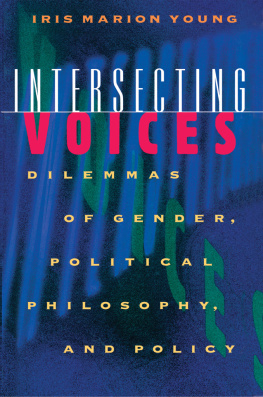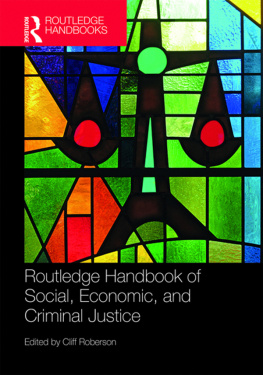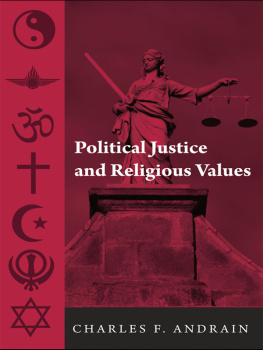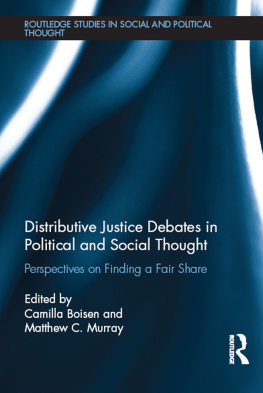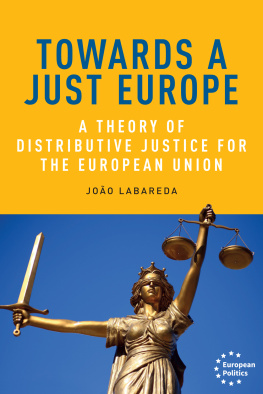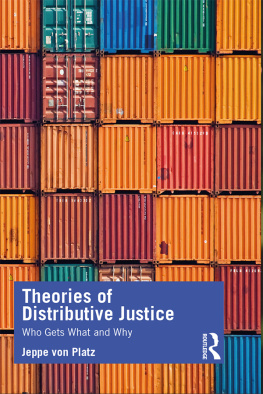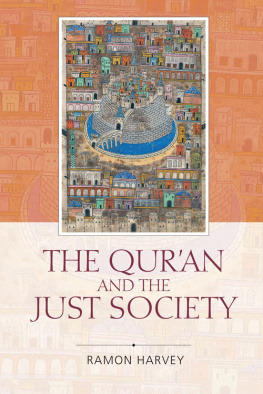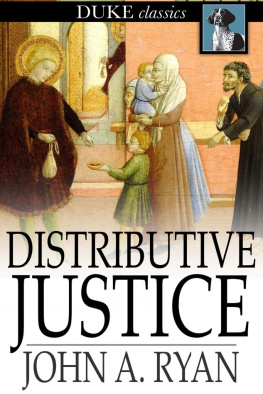Justice and the Politics of Difference
Justice and the Politics of Difference
Iris Marion Young
W ITH A NEW FOREWORD BY D ANIELLE A LLEN
PRINCETON UNIVERSITY PRESS
PRINCETON AND OXFORD
Copyright 1990 by Princeton University Press
Foreword to the 2011 edition copyright 2011 by Princeton University Press
Published by Princeton University Press, 41 William Street,
Princeton, New Jersey 08540
In the United Kingdom: Princeton University Press, 6 Oxford Street,
Woodstock, Oxfordshire OX20 1TW
press.princeton.edu
All Rights Reserved
First printing, 1990
Paperback reissue, with a new foreword by Danielle Allen, 2011
Library of Congress Control Number: 2011925684
ISBN: 978-0-691-15262-2
British Library Cataloging-in-Publication Data is available
This book has been composed in Linotron Caledonia
Printed on acid-free paper.
Printed in the United States of America
10 9 8 7 6 5 4 3 2 1
For Dave
Contents
C HAPTER 1
Displacing the Distributive Paradigm
The Distributive Paradigm Presupposes and Obscures
Institutional Context
C HAPTER 2
Five Faces of Oppression
C HAPTER 3
Insurgency and the Welfare Capitalist Society
C HAPTER 4
The Ideal of Impartiality and the Civic Public
C HAPTER 5
The Scaling of Bodies and the Politics of Identity
C HAPTER 6
Social Movements and the Politics of Difference
C HAPTER 7
Affirmative Action and the Myth of Merit
C HAPTER 8
City Life and Difference
Foreword to the 2011 Edition
Danielle Allen
More than twenty years after its original publication in 1990, Iris Youngs argument in Justice and the Politics of Difference can be seen to have been prescient in addition to being, as was evident already upon the books original appearance, philosophically rich. Prescient because the concluding call to take modern city life as a source of democratic theorys normative ideals predated the point in 2008 when the number of the worlds urban dwellers surpassed its number of rural residents for the first time. Philosophically rich because Youngs effort to ground democratic theory on the fact of heterogeneity rather than on an illusion of or hope for homogeneity required her to address questions from across the fields of social and political theory and philosophy.
Young takes justice to consist of the social and institutional conditions necessary for achieving both nondomination and nonoppression, where the latter means the achievement of human flourishing, for all members of society. She displaces the distributive paradigm for analyzing justice, which concentrates on allocations of material goods, to focus instead on the contributions made to the pursuit of justice by decision-making processes, divisions of labor, and culture. She pays particularly close attention to oppression, which she divides into five faces (exploitation, marginalization, powerlessness, cultural imperialism, and violence), and uses this analysis of oppression to identify as political a range of phenomena that had conventionally been seen by political philosophers as merely social. In this regard, her project may be seen as having provided a sturdy philosophical framework for the important slogan of twentieth-century social movements: the personal is political. In order to provide a philosophical justification for reconceiving personal and social phenomena as political and also to provide an account of how democratic politics might function justly once those reconceptualizations are taken on board, Young engaged social ontology, epistemology, social psychology, feminist theory, critical theory, and discourse theory as well as political philosophy in what is still a dazzling display.
The result was a powerful and important reconceptualization of the role of groups and identity in political lifean explanation of how in the ideal situation it should be possible for human beings to enjoy social differentiation and the particularity of experience that comes with belonging, at a level lower than the nation, to a group with definite traditions and shared meaningswithout suffering or imposing exclusion. Young set us to imagining how we might build, in any given polity, a community of communities. Thus, she moved simultaneously beyond liberalism and communitarianism, beyond a focus on either the atomistic individual or the individual submerged in a homogenized nation, to conceive of and argue for genuine egalitarian-ism: where individuals have not only the equal political rights of liberalism but also an equal right to flourish as socialand, as Hannah Arendt would say, therefore discriminatingbeings.
This is not to say that any and all discrimination is acceptable according to the criteria of justice laid out by Young. To the contrary. In order to achieve a community of communities, only such discrimination is allowable as is compatible with granting an equal opportunity for self-development and self-determination to others. This is where the city comes in for Young, for in the great metropolises we see people who have learned to live socially, choosing to associate with those with whom they have an affinity, but without throwing up obstacles to an equal social thriving for others. In the city (in the ideal), we see people who have learned to enjoy social differentiation without imposing exclusion; we see the value of variety, which increases flows of knowledge and even improves security by bringing many different kinds of people into shared spaces; we see a revaluation of the different as a source of attraction (or, as Young puts it, of the erotic); and we see a version of publicity, or a public sphere, that brings heterogeneity to the fore and gives voice to experiences and viewpoints that go unheard in less multitudinous contexts.
Not every note in Youngs argument rings true. Two decades on, and after much significant work on the history of gender and sexuality, some of Youngs most generalizing comments stand out as overwrought. Her arguments for group representation in political processes do not take full account of her own arguments about the fluidity of individual and group identity. And the effort to displace idealized conceptualizations of the individual, rational citizen leads in some moments to not merely critique but caricature of the Enlightenment. Yet each of these errors of overargumentation stems from the difficulty of making visible concepts and phenomena that political philosophy had long obscured: the particularity of white, male, bourgeois experience and ideals; the political consequences of social oppression; and the social-psychological consequences of adopting ideals of rationality that fail to capture even the heterogeneity and disunity of the individual psyche, for instance.
Youngs political philosophy established a much-needed framework for thinking about justice under conditions of modern mass politics, where citizens seek liberty and egalitarian community in contexts where they are, for the most part, strangers to one another. This new framework required toppling many received notions that rested on ideals closely tied to face-to-face models of politics, even when their proponents did not recognize that basic dependence. In its sheer originality, Justice and the Politics of Difference was a remarkable achievement, and its conceptual contributions make it still today an indispensable starting point for efforts to construct a political philosophy of egalitarianism.
Acknowledgments
The writing of this book was supported by a grant from the American Council of Learned Societies and by a sabbatical leave from the Worcester Polytechnic Institute.
Many of the central positions in this book were inspired by the stimulating discussions about gender, race, and class held at meetings of the Radical Philosophers Association from 1985 to 1987.
Next page

